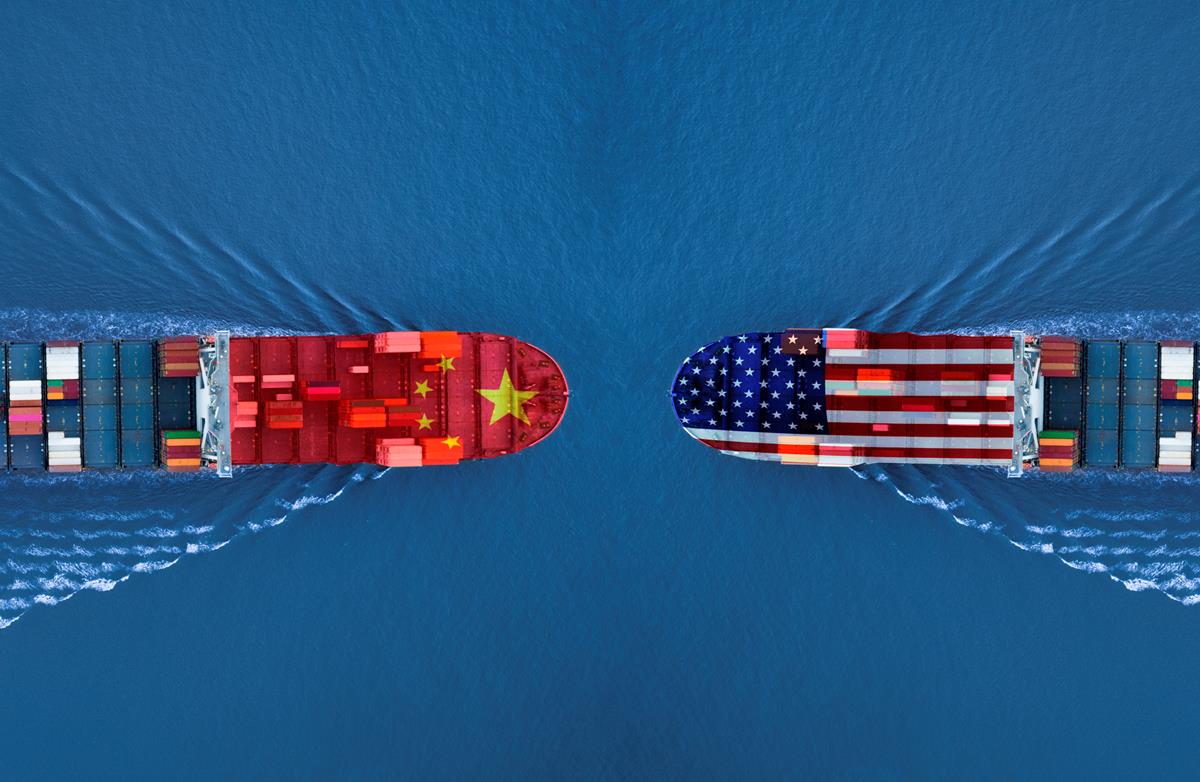In a rare show of unity, all but one U.S. congressman voted in favor of the Uyghur Forced Labor Prevention Act in December 2021. The vote was a “rare victory for human-rights groups [that] reflects a bipartisan China hawkishness in Washington,” according to the Economist. China denies the existence of forced labor in Uyghur, and as the act went into force in late June, the Chinese Ministry of Commerce reiterated that “Chinese laws explicitly ban forced labor” and promised “necessary action” to defend the country’s interests,” according to CNN.
While the UFLPA enters the growing list of contentious issues dividing China and the U.S., importers and supply chain managers need to focus instead on the multiple lists of banned and suspected companies and products from Xinjiang. This list, developed and published by the Customs and Border Patrol (CBP) and other federal agencies in the Forced Labor Enforcement Task Force (FLETF), includes:
A list of 20 entities in the Xinjiang Uyghur Autonomous Region (XUAR) that CBP says mine, produce, or manufacture wholly or in part items with forced labor;
Lists of labor contractors and brokers who work with the XUAR government to exploit Uyghurs, Kazakhs, Kyrgyz and other persecuted groups;
Lists of organizations that work with the government on benign sounding programs like “poverty alleviation” and “pairing programs” which, according to the Center for Strategic and International Studies (whose research is widely cited by CBP and its parent agency, Department of Homeland Security), send slave laborers from Xinjiang to other Chinese provinces.
In a recent Q&A, CSIS human rights expert Marti Flacks says that Department of Homeland Security (DHS) will initially target four high-risk sectors of goods coming from XUAR: apparel, cotton, tomatoes, and polysilicon. “Other goods produced in Xinjiang that are likely to enter global markets—including paprika, wind turbines, and polyvinyl chloride (PVC)—may therefore not initially be subject to the same scrutiny.” But wider enforcement—and not just of goods originating in XUAR but of those that contain XUAR materials or commodities—is coming.
“Raw materials and components from the region are integrated into dozens of categories of products finished in other parts of China or transshipped via other countries before being exported to the United States,” said Flacks. XUAR is source of about 20% of the world’s cotton and 50% of the world’s polysilicon, a key ingredient for solar panels. And with such a large share of the global market for these materials, XUAR exporters supply thousands of manufacturers worldwide. To truly enforce the UFLPA, CBP will have to “assess a wide variety of products entering the United States … applying human rights due diligence and supply chain traceability requirements.”
Unlike a criminal prosecution, shipments that CBP suspects of violating the UFLPA will be considered guilty until proven innocent. An importer of a shipment suspected of containing items associated with XUAR forced labor must “demonstrate by clear and convincing evidence that the goods in question were not produced wholly or in part by forced labor, fully respond to all CBP requests for information about goods under CBP review,” writes DHS in its UFLPA strategy.
That strategy also acknowledges the formidable “barriers to performing due diligence, to supply-chain tracing, and supply-chain management, and to obtaining evidence to demonstrate that goods were not made wholly or in part in Xinjiang or by an entity on the UFLPA Entity List,” states DHS. Supply chains are complex and difficult to map down to the lower tiers where unsuspected materials or goods supplier from XUAR may lurk. As DHS points out, importers and OEM customers “often have visibility only into primary stages of their supply chains but not into the raw, or near-raw, material supplier level. Forced labor often occurs at this supplier level, for example in agriculture and extraction of raw materials; and, in some cases, forced labor will be in mid-tier production chains, for example in manufacturing and assembly.”
For competitive reasons, direct and second-tier suppliers are often reluctant to disclose exactly who their suppliers are, leaving importers blind to potential violations of UFLPA and related forced labor policies. And with increasing requirements to avoid the use of forced labor, lower-tier suppliers may become even more unlikely to be transparent with their customers about the possible existence of banned XUAR materials, commodities, or goods. Penetrating the opaque lower tiers of supply chains is one of Resilinc’s core services—and the company looks forward to helping existing and new customers use mapping, risk monitoring and supplier collaboration tools to root out forced labor in supply chains.
For a deeper dive into what this means for your supply chain read our Special Report: Uyghur Forced Labor Prevention Act – What importers need to know





